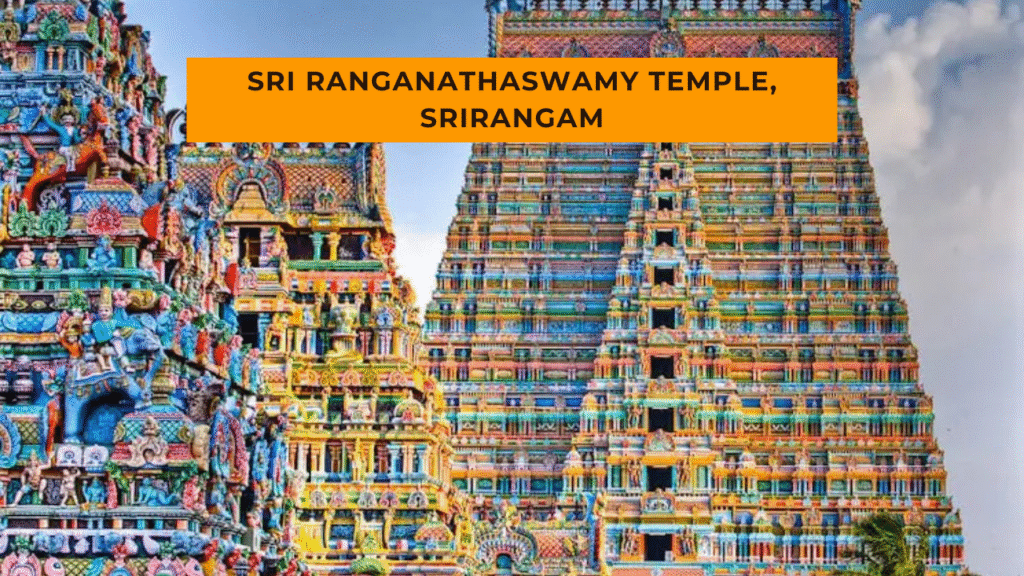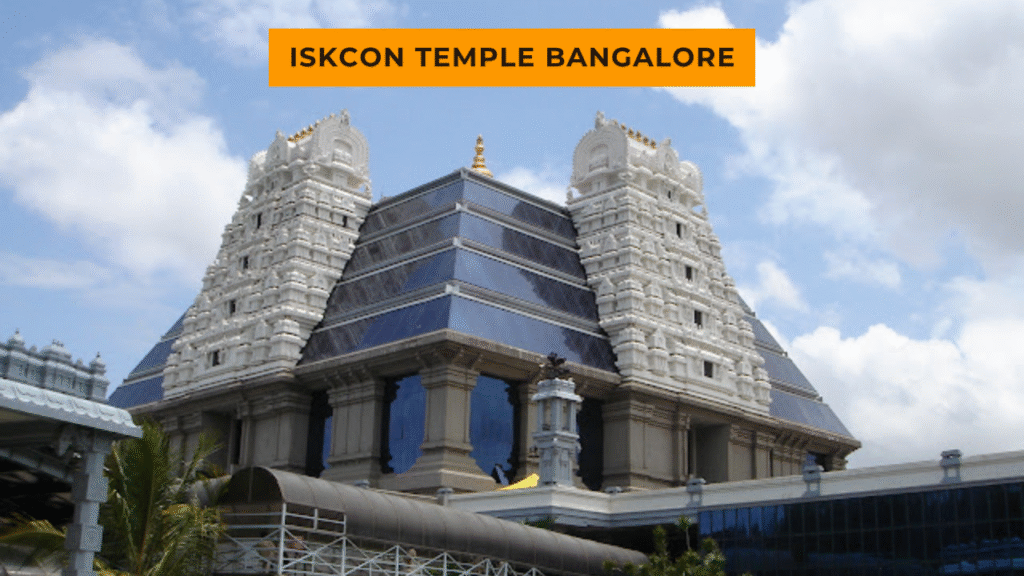Perched in the lap of the Garhwal Himalayas in the state of Uttarakhand, the Badrinath Temple stands as a divine beacon of faith, spirituality, and eternal devotion. Dedicated to Lord Vishnu, this ancient temple is one of the Char Dhams and part of the Chhota Char Dham Yatra, making it a vital destination for millions of pilgrims seeking salvation and inner peace.
| Temple Name | Badrinath Temple (Badrinarayan Temple) |
| Location | Badrinath, Chamoli District, Uttarakhand, India |
| Presiding Deity | Lord Vishnu (as Badrinarayan) |
| Altitude | 3,133 meters (10,279 feet) |
| Temple Season | Open from April/May to October/November |
| Significance | One of the Char Dhams and Chhota Char Dham Yatra sites |
| Architecture | Traditional North Indian style with colorful façade and stone tower |
| Main Idol Material | Black Shaligram stone |
| Founded/Rebuilt By | Adi Shankaracharya (8th century revival) |
| Major Festivals | Badri Kedar Utsav, Mata Murti Ka Mela, Dussehra |
| Darshan Timings | 4:30 AM – 1:00 PM, 4:00 PM – 9:00 PM |
| Nearby Attractions | Tapt Kund, Mana Village, Vyas Gufa, Charanpaduka |
| How to Reach | Nearest airport: Dehradun (310 km); Nearest rail: Haridwar/Rishikesh |
| Special Pujas | Mahabhishek, Vishnu Sahasranama, Geeta Path |
Spiritual Significance of Badrinath
The Badrinath Temple, also known as Badrinarayan Temple, is regarded as one of the most important Vaishnavite shrines in India. According to Hindu belief, Lord Vishnu meditated at this site under a Badri tree (Indian jujube), and Goddess Lakshmi, his consort, took the form of the tree to shield him from harsh weather.
The temple finds mention in several ancient texts including the Vishnu Purana and Skanda Purana. It is also associated with Adi Shankaracharya, the 8th-century philosopher and saint who is credited with reviving the temple and establishing the Char Dham pilgrimage route.
Location and Geography
The temple is located at an altitude of 3,133 meters (10,279 feet) above sea level in the town of Badrinath, nestled between the Nar and Narayan mountain ranges along the banks of the Alaknanda River. The towering Neelkanth Peak, also known as the “Garhwal Queen,” provides a stunning backdrop, adding to the temple’s mystical aura.
Due to its high elevation and cold climate, the Badrinath Temple is open only for six months a year, from April/May to October/November, and remains closed during the harsh winter season.
The Idol and Deity Worshipped
The presiding deity at Badrinath is Lord Vishnu, worshipped in the form of Badrinarayan. The black stone idol, made of Shaligram stone, is believed to be more than 1,000 years old. The deity is shown in a meditative posture (Padmasana), seated under a gold canopy.
Flanking the main idol are images of Garuda, Kubera, Nar-Narayan, Uddhava, and Lakshmi, adding to the spiritual ambiance of the sanctum sanctorum. The pujas and rituals follow strict Vaishnavite traditions, and only South Indian priests (known as Rawals) are allowed to perform the ceremonies.
Temple Architecture and Structure
The Badrinath Temple showcases traditional Garhwali wooden architecture fused with stone and gold ornamentation. The temple’s façade is painted in bright colors, with a cone-shaped tower rising about 50 feet high. The main entrance, known as the Singh Dwara, leads to a large mandapa (hall) and the inner sanctum.
Despite its simplicity, the temple’s design radiates spiritual energy and reflects the sanctity of one of India’s holiest places.
Major Festivals Celebrated
The most significant festival at Badrinath Temple is Badri Kedar Utsav, which celebrates the unity of Lord Vishnu (Badrinath) and Lord Shiva (Kedarnath). Other key celebrations include:
Mata Murti Ka Mela – held in September to honor the mother of Lord Badrinath
Vijayadashami (Dussehra) – marks the symbolic closure of the temple before winter
Opening and Closing Ceremonies – involve elaborate rituals, Vedic chants, and community celebrations
These festivals attract thousands of devotees and bring the temple complex alive with music, color, and devotion.
Pilgrimage and the Char Dham Yatra
Badrinath is one of the four sacred dhams in the Char Dham Yatra, alongside Kedarnath, Gangotri, and Yamunotri. Pilgrims undertake this challenging journey to attain moksha (liberation). The belief is that a visit to these dhams washes away sins and grants divine grace.
Many devotees also participate in the Panch Badri pilgrimage, which includes visits to Adi Badri, Bhavishya Badri, Vriddha Badri, and Yog Dhyan Badri, each representing different manifestations of Lord Vishnu.
Access and How to Reach Badrinath
Reaching Badrinath Temple is a journey through breathtaking landscapes and winding mountain roads. The closest major cities are Haridwar (316 km) and Rishikesh (295 km), from where buses and taxis operate to Joshimath, the nearest hub.
By Air: The nearest airport is Jolly Grant Airport in Dehradun, about 310 km away.
By Rail: The closest railway stations are at Haridwar and Rishikesh.
By Road: From Joshimath, it’s a 44 km steep uphill drive. Shared jeeps and state-run buses are available.
The journey offers scenic views of the Alaknanda River, dense forests, waterfalls, and snow-capped peaks, making it both spiritually and visually enriching.
Temple Timings
The temple opens in April or May and closes in October or November, depending on the Hindu calendar. Daily timings are:
| Darshan Session | Timing |
|---|---|
| Morning Darshan | 4:30 AM – 1:00 PM |
| Evening Darshan | 4:00 PM – 9:00 PM |
Special pujas such as Mahabhishek, Geeta Path, and Vishnu Sahasranamam are conducted during temple hours. Pilgrims can book these rituals online or at the temple office.
Nearby Attractions
Tapt Kund, a natural hot water spring believed to be sacred, is a must-visit before darshan.
Mana Village, the last Indian village near the Indo-Tibetan border, offers glimpses of ancient mythology.
Vyas Gufa and Ganesh Gufa, where sage Vyasa is believed to have composed the Mahabharata, are also nearby.
Charanpaduka, a rock with Lord Vishnu’s footprint, is another sacred trek site.
These destinations complement the spiritual journey and add depth to the Badrinath experience.



